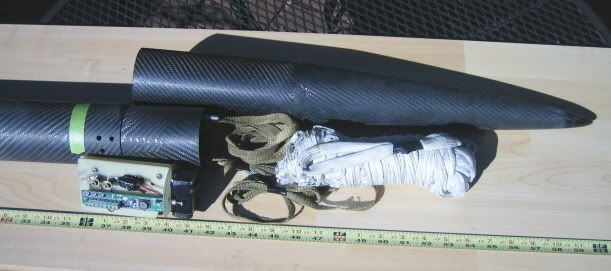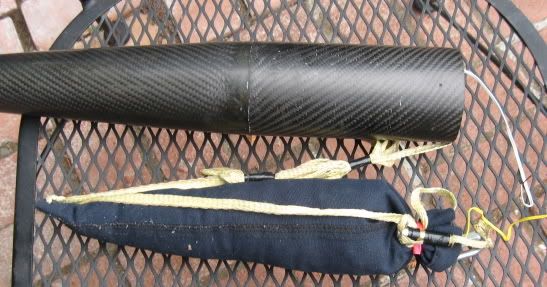babp1011
Well-Known Member
- Joined
- Nov 7, 2011
- Messages
- 123
- Reaction score
- 1
I am trying to save space on a minimum diameter project I'm working on and I was thinking about housing the main parachute in the nosecone. The recovery harness would attach by a loop of kevlar that is epoxied to the base of the nosecones. My concerns lie with making sure the parachute will get out. The parachute can fit pretty easily within the nosecone and I have been debating covering it with talc powder as well as using a small drogue chute to help pull it out. Would these work or is there anything addition I should do?
Phil
Phil









